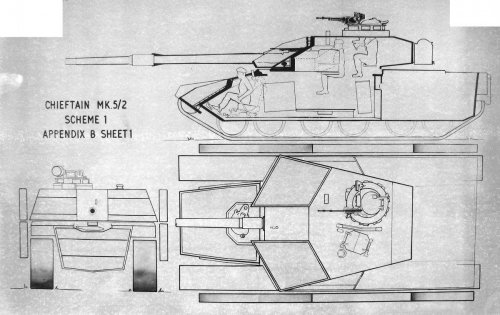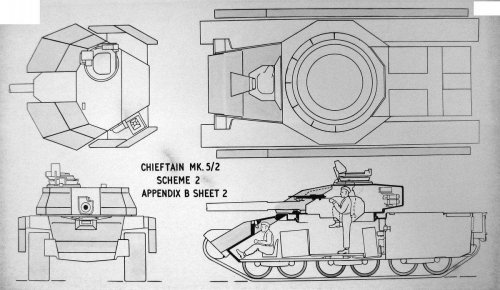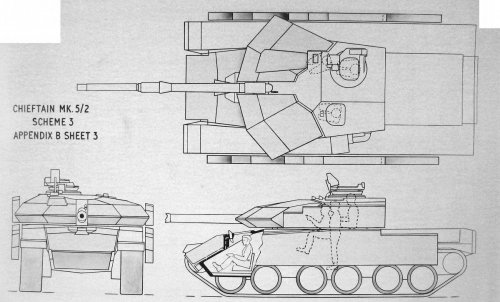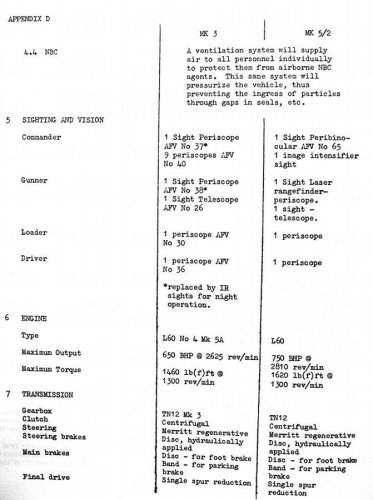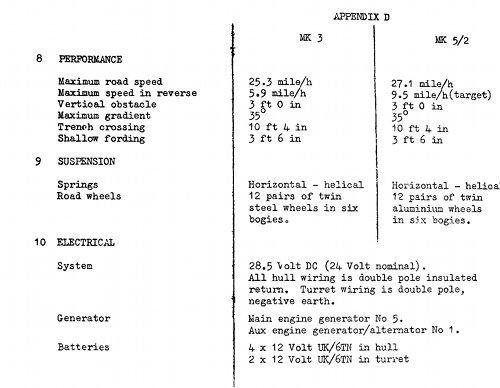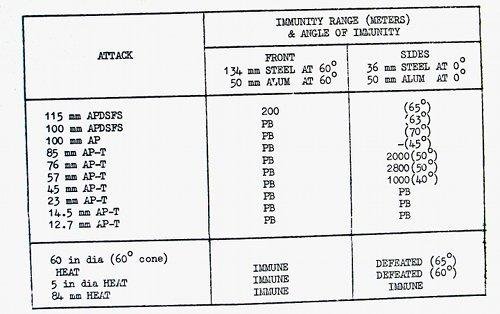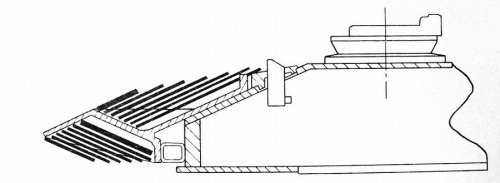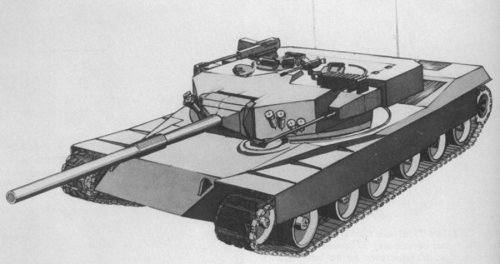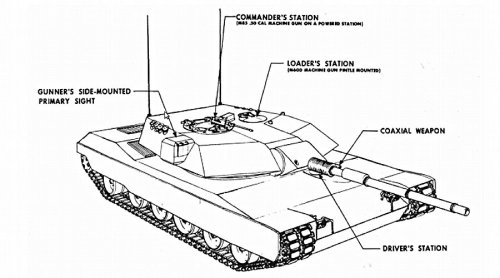- Joined
- 27 December 2005
- Messages
- 17,753
- Reaction score
- 26,461
The Challenger tank was arguably born in about 1970 when the UK, impressed by the performance of their BURLINGTON (Chobham) armour, but concerned that a wholly new MBT would not be in service before about 1985, proposed the development of a near-term improved tank using some existing components of the Chieftain tank. This was given the designation Chieftain 5/2 for security reasons, but was really a whole new design, reusing existing automotive targeting and weaponry components.
Three different designs were initially presented, design 3 being the recommended one.
Three different designs were initially presented, design 3 being the recommended one.

